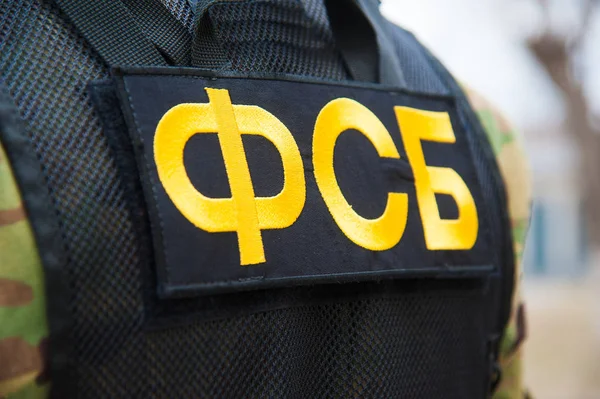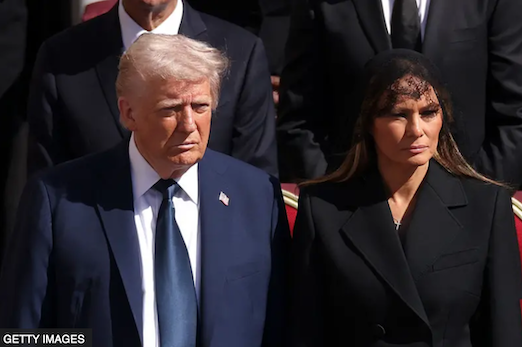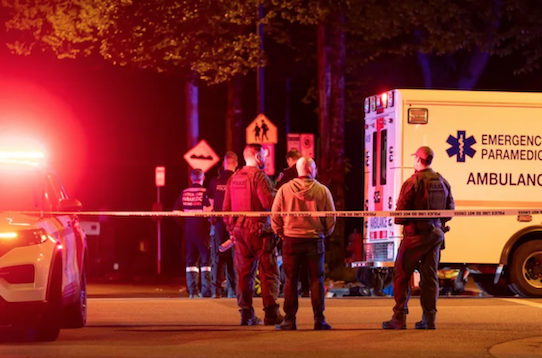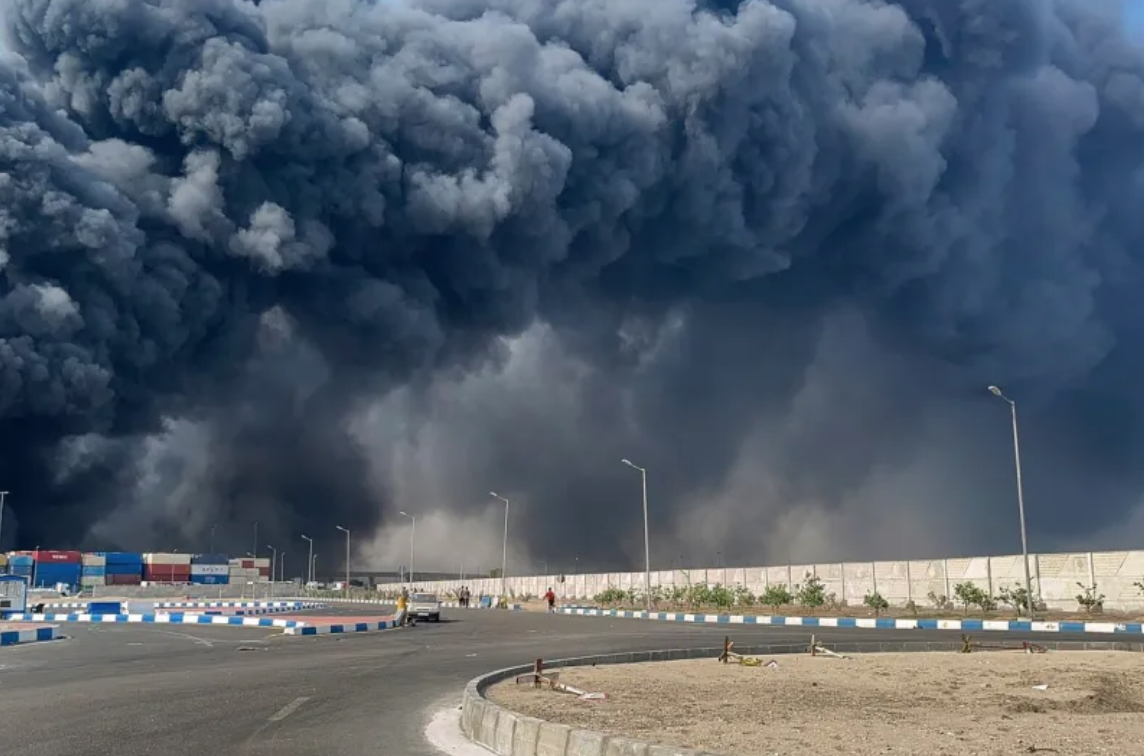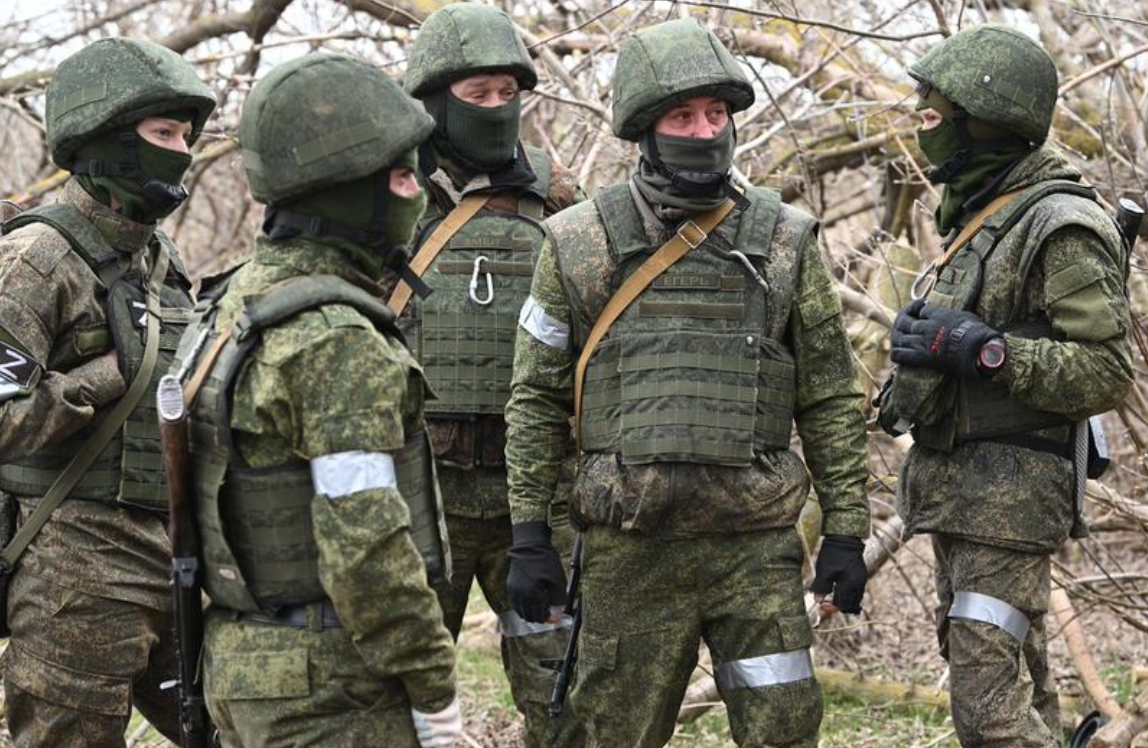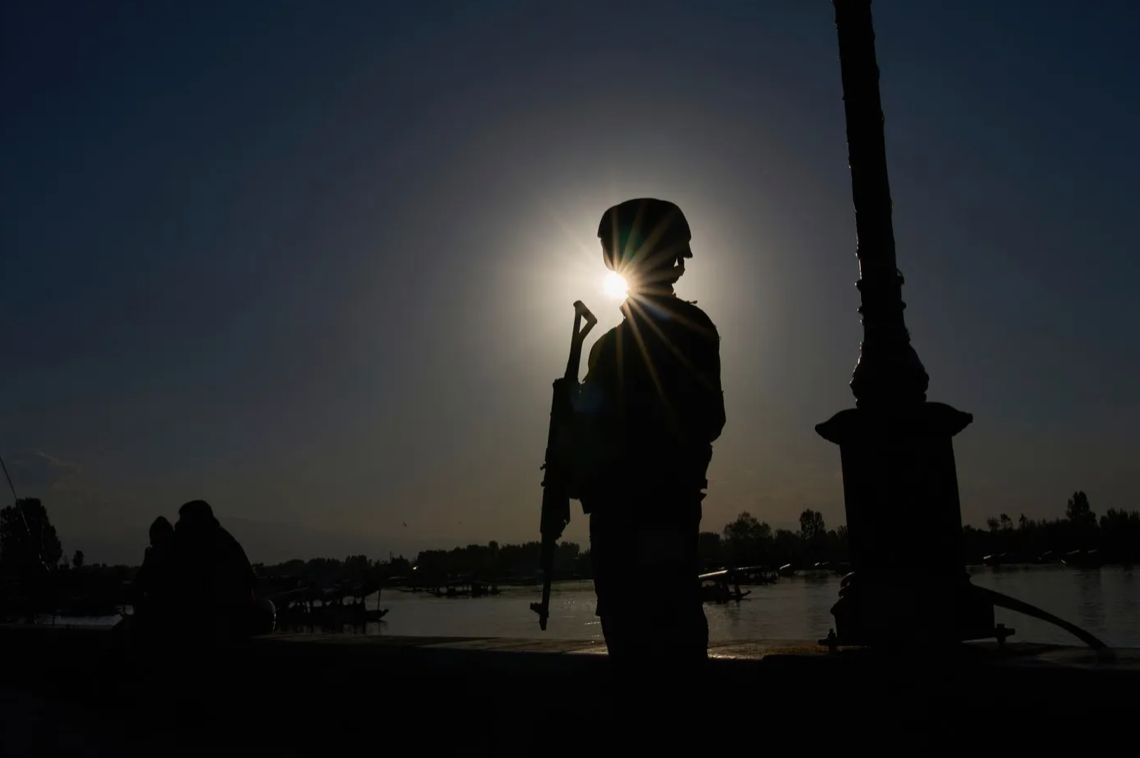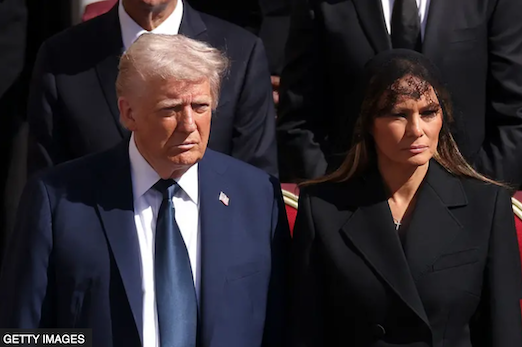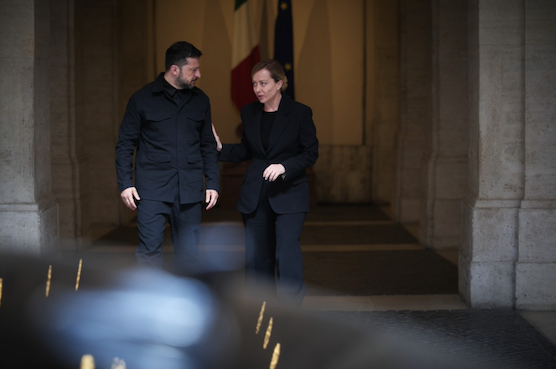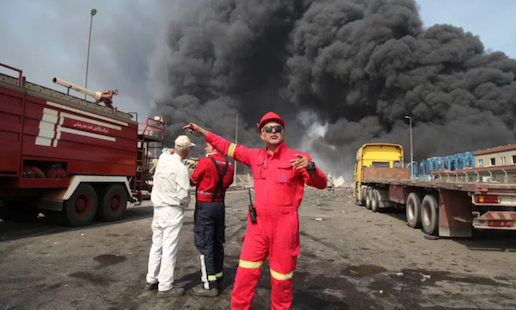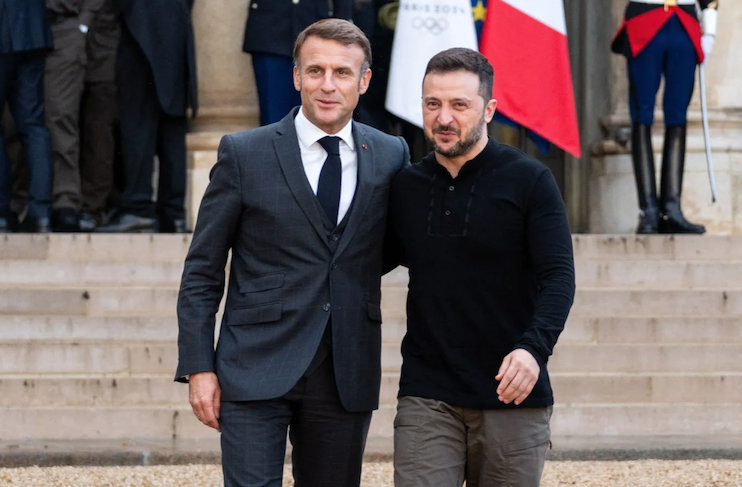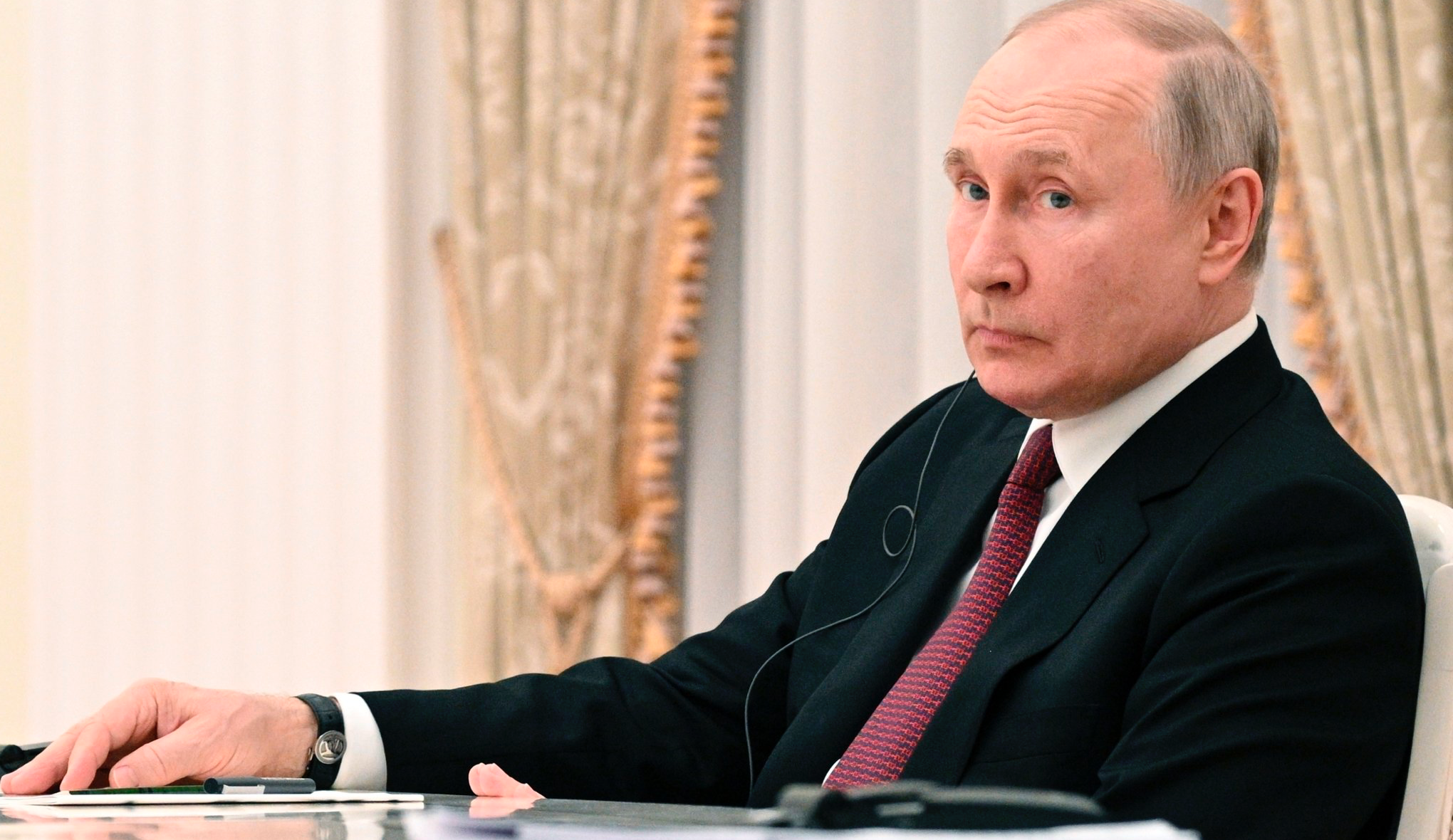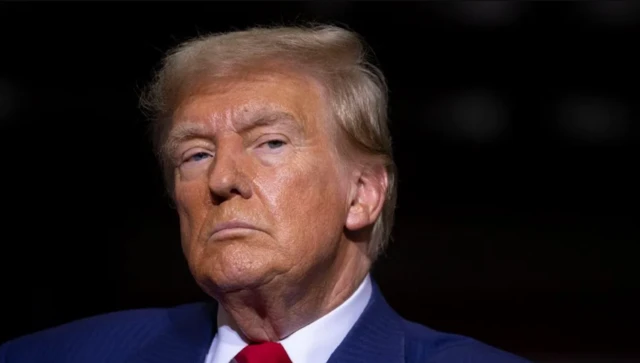Foto:Depositphotos
The Lebanese paramilitary group Hezbollah possesses a diverse and dangerous arsenal that includes guided and unguided missiles, anti-tank artillery, ballistic and anti-ship missiles, and drones equipped with explosives. Against the background of the long conflict with Israel, the organization maintains its strength and influence in the Middle East.
Preparation for a full-scale war
After nine months of border conflict with Hezbollah, Israel has declared readiness for full-scale war in Lebanon, warning that time for diplomacy is running out. The Israeli military is preparing for a serious confrontation, assessing the capabilities of the group and its arsenal.
History and support
Hezbollah, which emerged from the civil war in Lebanon, has been actively preparing for possible clashes with Israel since 2006. The main patron of the group is Iran, which regularly supplies it with missiles and drones. In recent years, Hezbollah has begun to produce its own weapons, strengthening its defensive and offensive capabilities.
Arsenal “Hezbollah”
Missiles and projectiles
Analysts estimate that Hezbollah has between 130,000 and 150,000 rockets and projectiles, far more than any other non-state actor in the Middle East. The arsenal includes low-quality unguided munitions that could threaten Israel’s air defense systems in a mass launch, as well as high-precision munitions that cause even more concern for Israeli authorities.
The group keeps its arsenal strictly secret, leaving experts in the dark about the full extent of its capabilities. The main information comes from statements by Hezbollah leader Hassan Nasrallah and other officials.
Drones
Hezbollah owns a fleet of drones that vary in size and capabilities. The group actively uses drones for attacks and reconnaissance, using both homemade and Iranian models.
Air defense
Hezbollah also has air defense capabilities, a rarity for non-state actors. The group uses surface-to-air missiles, including Iranian models, to shoot down Israeli drones and deter fighter jets.
Israel’s reaction
Israel responded to Hezbollah’s attacks with heavy strikes on Lebanon, mostly in the south of the country. As a result of the Israeli strikes, many civilians and Hezbollah fighters were killed, and significant damage was caused to infrastructure.
Questions and uncertainties
Despite the available data, many questions remain regarding the full scope of Hezbollah’s arsenal and its capabilities. Experts continue to speculate about what types of weapons the group has and how they might be used in the event of a full-scale conflict.
Results
The conflict between Israel and Hezbollah continues to threaten the stability of the region, and both sides are preparing for a possible escalation. Hezbollah’s presence of a diverse arsenal supported by Iran poses serious challenges to Israel’s security and requires careful preparation and strategic planning.
Source:Washington Post


